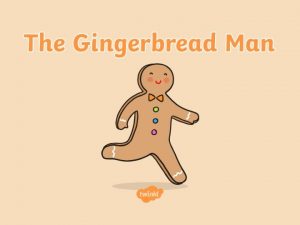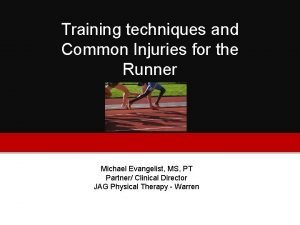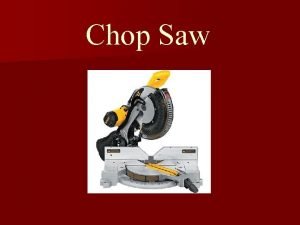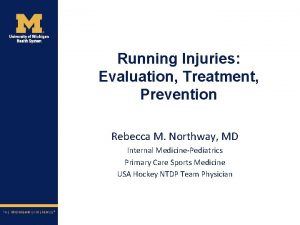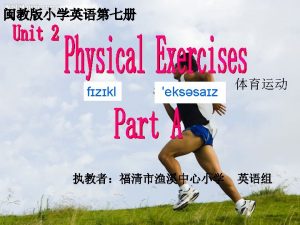Prevention Treatment of Running injuries Prevention Treatment of







- Slides: 7

Prevention & Treatment of Running injuries

Prevention & Treatment of Running injuries • Most running injuries happen when you push yourself too hard. Adding distance or speed to your running routine, running up hills, and interval training are just some of the reasons running injuries occur. Body mechanics -- the way your body is designed -- also play a role.

Runner's knee. • • Commonly due to the kneecap being out of alignment. Over time, the cartilage on the kneecap can wear down. Vigorous activity leads topain around the kneecap, particularly when: – going up or down stairs – squatting – sitting with the knee bent for a long time • Treatment – Non weight-bearing exercises for “runner’s knee”: • • – Bridges Clamshells Side (abduction) leg raises Abdominal bracing Weight-bearing exercises for “runner’s knee”: • • Single-leg stance and balance exercises Body weight squat Single-leg deadlift Single-leg mini-squat

Shin splints • A pain that occurs in the front or inside of the lower leg along the shin bone (tibia). Shin splints commonly occur after a change in activity, such as running longer distances or increasing the number of days you run too quickly. • People with flat feet are more likely to develop shin splints. • Treatment includes: – rest – stretching exercises – slow return to activity after several weeks of healing

Achilles tendinitis • • • Achilles tendinitis. This is inflammation of the Achilles tendon. That's the large tendon that attaches the calf to the back of the heel. Achilles tendinitis causes pain and stiffness in the area of the tendon, especially in the morning and with activity. It is usually caused by repetitive stress to the tendon, often due to increasing running distance too quickly. Tight calf muscles can also contribute. Treatment includes: – rest – icing the area – calf stretches

Muscle pull A small tear in your muscle, also called a muscle strain, often caused by overstretching of a muscle. If you suffer a pulled muscle, you may feel a popping sensation when the muscle tears. • Muscle pull commonly affects these muscles: • – – hamstrings quadriceps calf groin • Treatment includes RICE: rest, ice, compression, and elevation.

Ankle sprain This is the stretching or tearing of ligaments surrounding the ankle. It often occurs when the foot twists or rolls inward. Sprains typically get better with rest, ice, compression, and elevating the foot.

